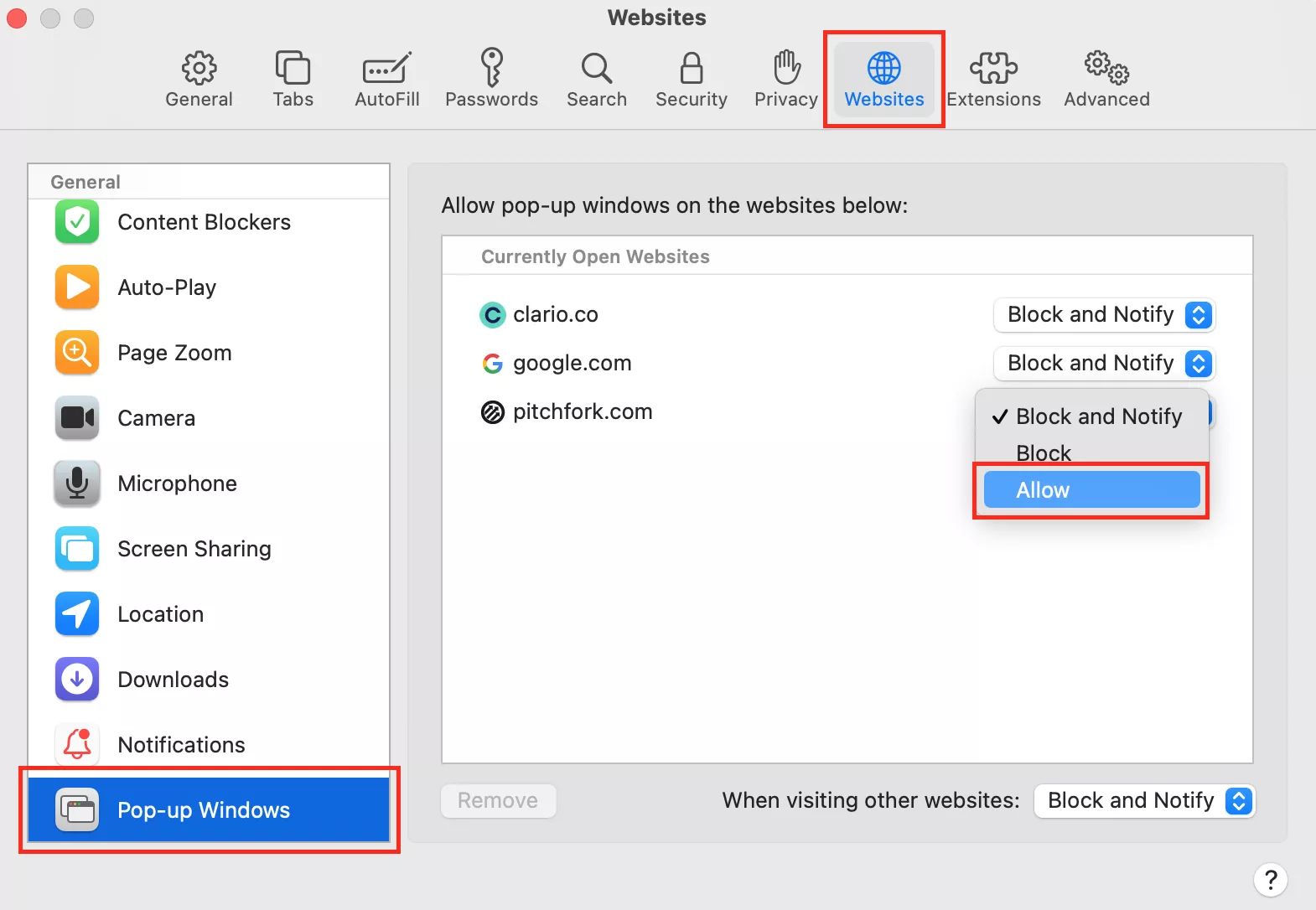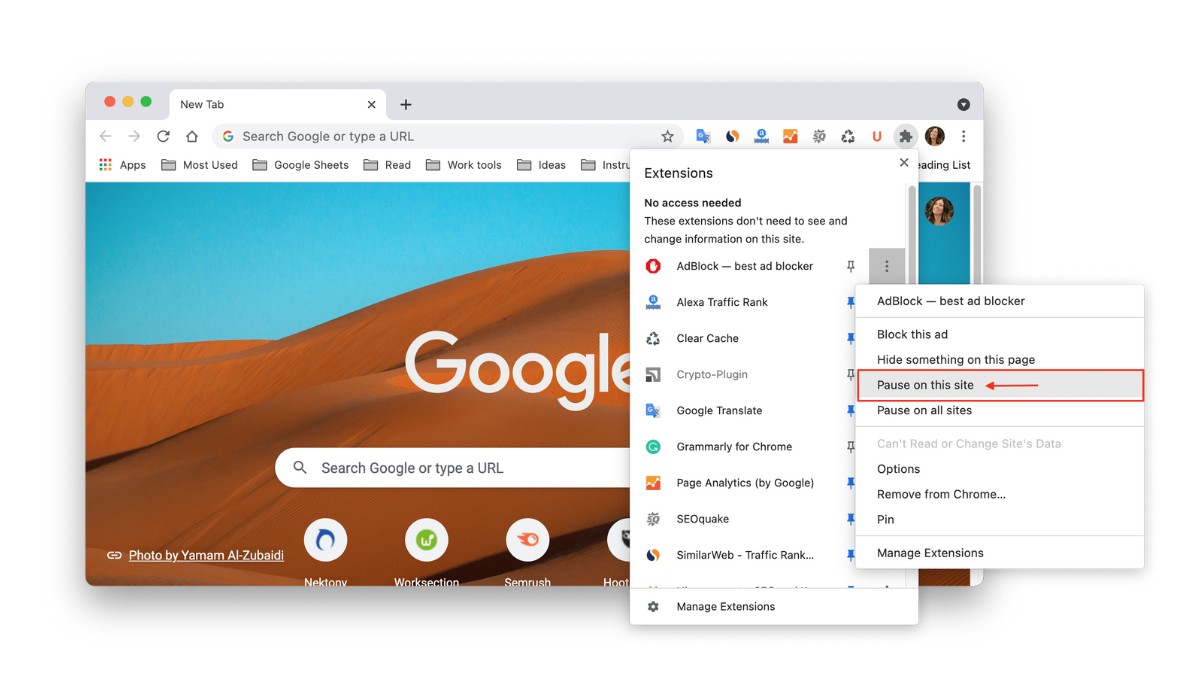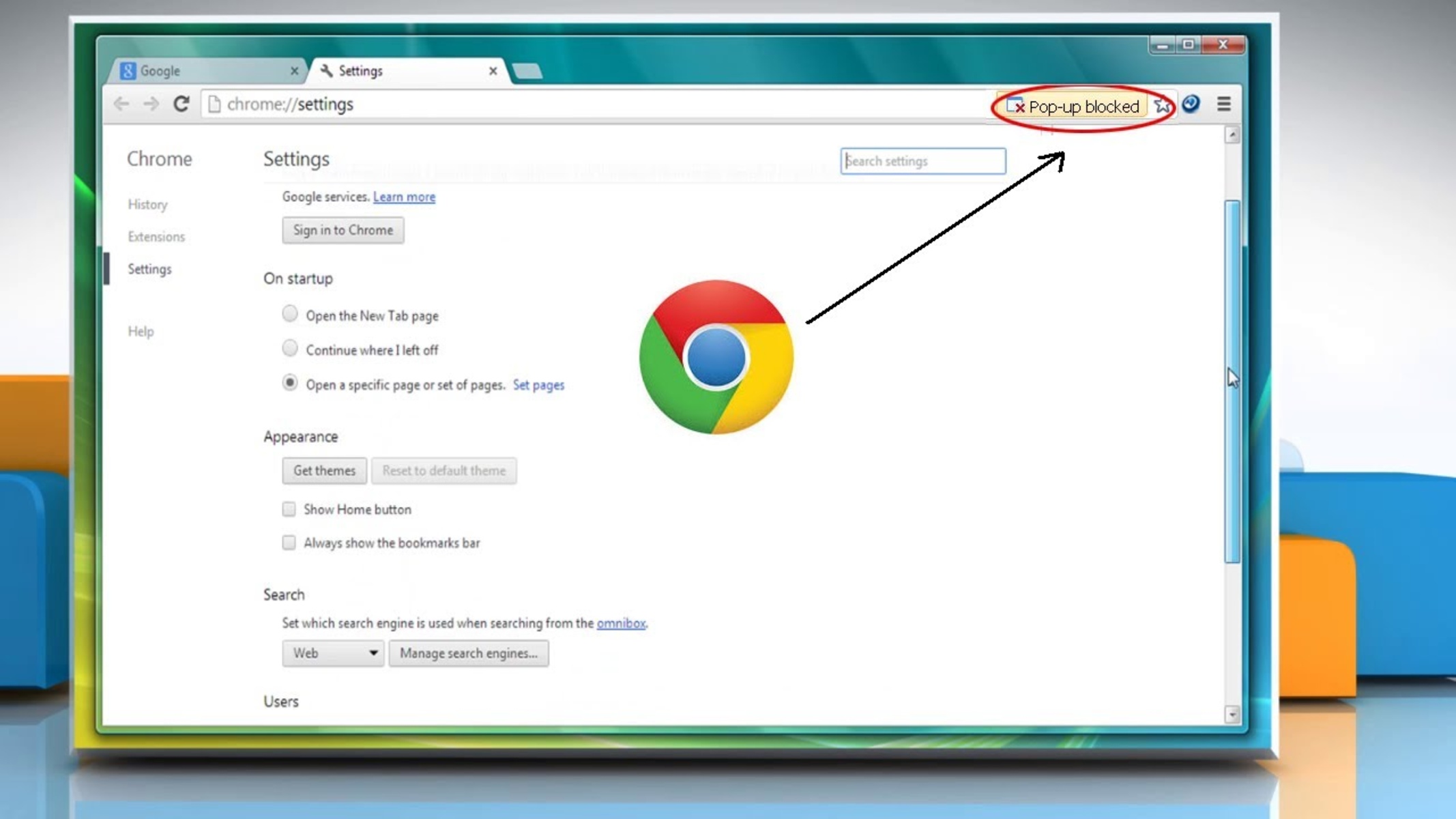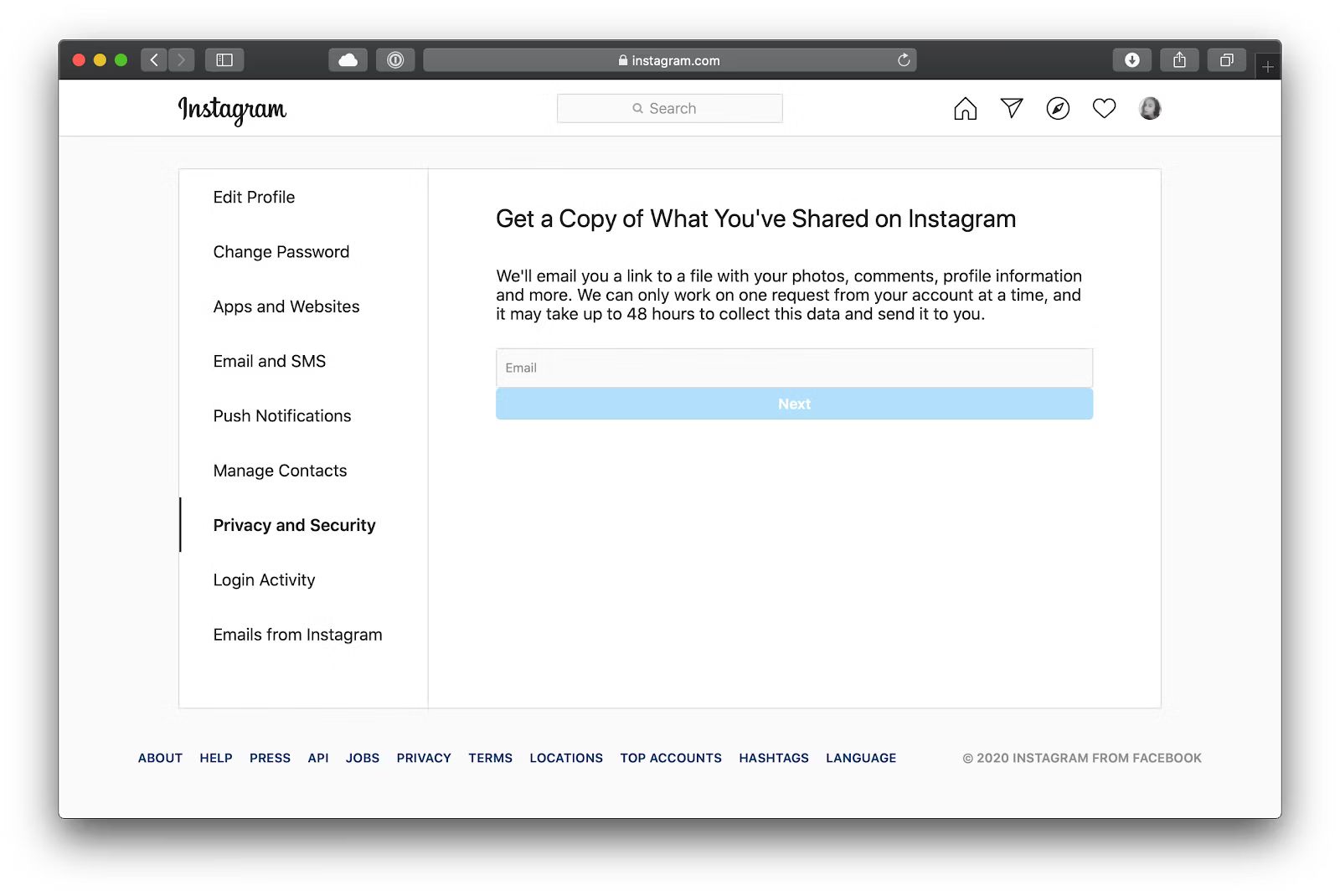Introduction
Allowing pop-ups on Mac Chrome can significantly enhance your browsing experience by enabling access to important notifications, interactive content, and essential website features. While pop-ups are often associated with intrusive ads, many legitimate websites utilize them for displaying crucial information, such as login prompts, file downloads, and confirmation messages. By understanding how to manage pop-up settings in Chrome, you can ensure a seamless and secure browsing environment tailored to your preferences.
In this guide, we will walk you through the steps to allow pop-ups on Mac Chrome, empowering you to make informed decisions about which websites can display pop-ups and how they are managed. Whether you're navigating a complex web application, accessing educational resources, or engaging with interactive content, having control over pop-up settings can streamline your online activities and minimize disruptions.
By following the simple yet effective instructions outlined in this article, you will gain the knowledge and confidence to customize your pop-up settings according to your specific needs. This will enable you to strike a balance between accessing valuable pop-up content and safeguarding your browsing experience from unwanted interruptions. Let's delve into the step-by-step process of allowing pop-ups on Mac Chrome, empowering you to harness the full potential of this popular web browser.
Step 1: Open Chrome Settings
To begin the process of allowing pop-ups on Mac Chrome, you first need to access the browser's settings. This initial step sets the stage for customizing your pop-up preferences and gaining control over the pop-up behavior on specific websites. Here's how to open Chrome settings on your Mac:
-
Launch Google Chrome: Locate the Chrome icon in your applications folder or on the dock and click to open the browser.
-
Access the Menu: At the top of your screen, you will see the menu bar with options such as "Chrome," "File," "Edit," "View," "History," "Bookmarks," "Window," and "Help." Click on "Chrome" to reveal a dropdown menu.
-
Select "Preferences": Within the dropdown menu, navigate to the "Preferences" option and click on it. This action will open a new tab within the Chrome browser, displaying various settings and customization options.
-
Explore Chrome Settings: Once you have accessed the "Preferences" tab, you will find a range of settings categories on the left-hand side. These categories include "Appearance," "Search engine," "On startup," "Search engine," "Privacy and security," "Site settings," "Advanced," and more.
By following these steps, you will successfully open Chrome settings on your Mac, laying the groundwork for managing pop-up settings and customizing your browsing experience. With the settings interface now accessible, you are ready to proceed to the next steps, where you will delve into the specifics of allowing pop-ups for individual websites and fine-tuning your pop-up preferences to align with your browsing habits and needs.
Step 2: Click on "Site Settings"
After accessing Chrome settings, the next crucial step in allowing pop-ups on Mac Chrome involves navigating to the "Site Settings" section. This pivotal setting allows you to manage permissions for individual websites, including the ability to enable or block pop-ups based on your preferences. Here's a detailed walkthrough of how to click on "Site Settings" and leverage its functionalities to tailor your pop-up experience:
-
Locate "Site Settings": Within the Chrome settings interface, scroll down the left-hand sidebar until you find the "Privacy and security" category. Under this section, you will see the "Site Settings" option. Click on "Site Settings" to access a comprehensive array of website-specific permissions and preferences.
-
Explore Site Permissions: Upon entering the "Site Settings" menu, you will encounter a diverse range of site permissions, including access to camera, microphone, notifications, and more. This section empowers you to fine-tune the behavior of individual websites, ensuring that they align with your privacy and browsing requirements.
-
Navigate to Pop-ups: Within the "Site Settings" menu, locate the "Pop-ups and redirects" option. Clicking on this category will unveil a list of websites for which pop-ups are either allowed or blocked. This granular control enables you to make informed decisions about pop-up permissions for specific sites, enhancing your browsing experience while mitigating potential disruptions.
-
Customize Pop-up Permissions: To allow pop-ups for a particular website, simply click on the "Add" button next to the "Allow" section under the "Pop-ups and redirects" category. This action prompts you to enter the URL of the website for which you wish to enable pop-ups. By adding the website to the "Allow" list, you grant it permission to display pop-ups, ensuring that you do not miss out on important content or functionality.
By clicking on "Site Settings" and navigating to the "Pop-ups and redirects" section, you gain the ability to tailor pop-up permissions for individual websites, striking a balance between accessibility and control. This level of customization empowers you to curate your browsing environment according to your preferences, ensuring that pop-ups enhance your online interactions without causing undue interruptions. With the "Site Settings" section explored, you are now equipped to proceed to the next steps, where you will delve into the specifics of allowing pop-ups for specific sites and managing pop-up settings with precision.
Step 3: Allow Pop-Ups for Specific Sites
Allowing pop-ups for specific sites on Mac Chrome offers a tailored approach to managing your browsing experience. By granting permission for pop-ups on selected websites, you can ensure seamless access to valuable content and interactive features while maintaining control over intrusive pop-up behavior. Here's a comprehensive exploration of how to allow pop-ups for specific sites, empowering you to curate your browsing environment with precision and flexibility.
-
Access Site Settings: After navigating to the "Site Settings" section within Chrome settings, you will find the "Pop-ups and redirects" category. Here, you can view a list of websites for which pop-ups are either allowed or blocked. To allow pop-ups for specific sites, follow the subsequent steps.
-
Allow Pop-ups: To enable pop-ups for a particular website, click on the "Add" button next to the "Allow" section under the "Pop-ups and redirects" category. This action prompts a dialog box where you can enter the URL of the website for which you wish to allow pop-ups.
-
Enter Website URL: In the dialog box, enter the full URL of the website for which you want to permit pop-ups. This ensures that the specified website can display pop-ups as needed, enhancing your ability to engage with its content and features seamlessly.
-
Confirm Permission: After entering the website URL, click "Add" to confirm the permission for pop-ups. This action adds the website to the "Allow" list, indicating that it is authorized to display pop-ups while you browse.
By allowing pop-ups for specific sites, you can harness the full potential of interactive web content and essential site features without being hindered by blanket pop-up restrictions. This granular approach empowers you to strike a balance between accessibility and control, ensuring that pop-ups serve as valuable tools for enhancing your online interactions.
With the ability to allow pop-ups for specific sites, you can tailor your browsing experience to align with your preferences and needs, fostering a seamless and personalized interaction with diverse web content. This level of customization underscores the flexibility and empowerment that Mac Chrome offers, enabling you to navigate the digital landscape with confidence and efficiency.
Step 4: Manage Pop-Up Settings
Managing pop-up settings in Mac Chrome provides a comprehensive approach to fine-tuning your browsing environment, ensuring that pop-ups are handled in a manner that aligns with your preferences and browsing habits. By delving into the intricacies of pop-up management, you can exercise precise control over how pop-ups are displayed, empowering you to optimize your online interactions while mitigating potential disruptions. Here's a detailed exploration of how to manage pop-up settings in Mac Chrome, enabling you to tailor your browsing experience with precision and flexibility.
-
Access Pop-Up Settings: After allowing pop-ups for specific sites, it's essential to understand how to manage and review these permissions. To access the pop-up settings, navigate back to the "Site Settings" section within Chrome settings and click on "Pop-ups and redirects." This action directs you to a comprehensive overview of the websites for which pop-ups are either allowed or blocked, providing insight into your current pop-up permissions landscape.
-
Review Allowed Sites: Within the "Pop-ups and redirects" section, you will find a list of websites for which pop-ups are permitted. This overview allows you to review and assess the current permissions, ensuring that you are aware of the websites that can display pop-ups as you browse. By understanding your allowed sites, you can make informed decisions about further refining your pop-up settings to suit your evolving browsing needs.
-
Block Pop-Ups: If you encounter a website for which you no longer wish to allow pop-ups, you can easily block pop-ups for that specific site. Simply click on the three vertical dots next to the website's URL and select "Block." This action updates your pop-up settings, ensuring that the specified website is no longer authorized to display pop-ups, thereby aligning your browsing environment with your preferences.
-
Fine-Tune Permissions: In addition to blocking pop-ups for specific sites, you can further fine-tune your pop-up permissions by revisiting the "Add" button within the "Pop-ups and redirects" section. This functionality allows you to modify your pop-up settings for individual websites, granting or revoking permissions based on your evolving browsing requirements.
By managing pop-up settings in Mac Chrome, you gain the ability to curate your browsing environment with precision, ensuring that pop-ups serve as valuable tools for accessing essential content and features while minimizing disruptive or intrusive behavior. This level of control underscores the flexibility and empowerment that Chrome offers, enabling you to navigate the digital landscape with confidence and efficiency.
With a nuanced understanding of pop-up management, you can optimize your browsing experience, leveraging pop-ups as valuable assets that enhance your online interactions without causing undue interruptions. By mastering the art of managing pop-up settings, you can harness the full potential of Mac Chrome, tailoring your browsing environment to align with your unique preferences and needs.
Conclusion
In conclusion, mastering the art of allowing pop-ups on Mac Chrome empowers you to curate a browsing environment that seamlessly integrates valuable interactive content and essential website features while mitigating disruptive or intrusive pop-up behavior. By following the step-by-step process outlined in this guide, you have gained the knowledge and confidence to navigate Chrome settings, access site-specific permissions, and manage pop-up settings with precision and flexibility.
By opening Chrome settings and navigating to the "Site Settings" section, you have unlocked a world of granular control, enabling you to tailor pop-up permissions for individual websites according to your preferences. This level of customization ensures that pop-ups serve as valuable tools for enhancing your online interactions without causing undue interruptions, fostering a seamless and personalized browsing experience.
Furthermore, by allowing pop-ups for specific sites, you have harnessed the full potential of interactive web content and essential site features, leveraging pop-ups as valuable assets that enhance your online interactions. This nuanced approach underscores the flexibility and empowerment that Mac Chrome offers, enabling you to navigate the digital landscape with confidence and efficiency.
Moreover, by managing pop-up settings with precision, you have exercised comprehensive control over how pop-ups are displayed, ensuring that they align with your preferences and browsing habits. This level of control underscores the flexibility and empowerment that Chrome offers, enabling you to optimize your browsing experience and tailor your environment to suit your unique needs.
In essence, the ability to allow pop-ups on Mac Chrome is not merely about granting permissions; it is about curating a browsing environment that aligns with your preferences and needs, fostering a seamless and personalized interaction with diverse web content. By mastering the art of managing pop-up settings, you have harnessed the full potential of Mac Chrome, ensuring that pop-ups serve as valuable tools for enhancing your online interactions without causing undue interruptions.
With a nuanced understanding of pop-up management, you are well-equipped to navigate the digital landscape with confidence, efficiency, and a heightened sense of control. As you continue to explore the diverse facets of Mac Chrome, may your browsing experience be enriched by the seamless integration of valuable pop-up content and the empowerment of tailored settings.

























